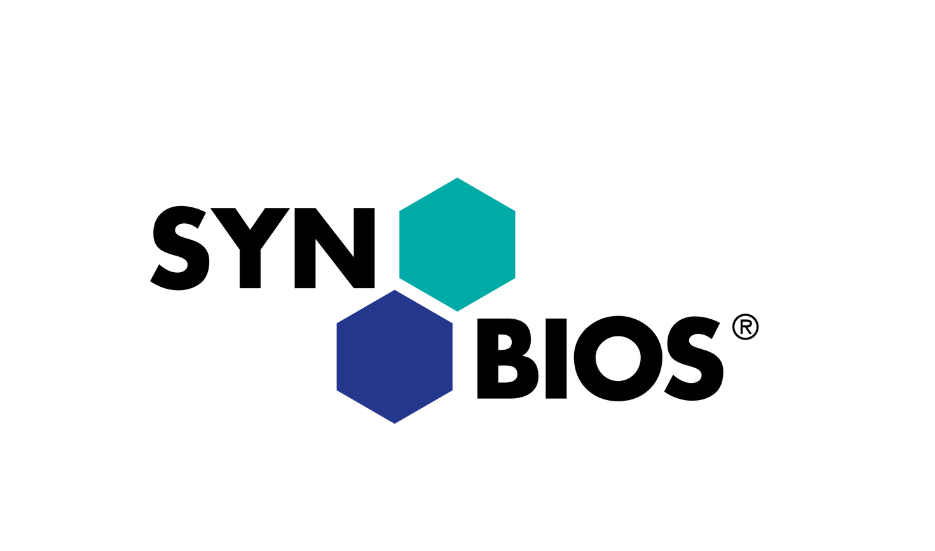What are NPEOs and how are they used in textile and leather manufacturing?
Alkylphenol ethoxylates (APEO) is the term used to describe the group of organic substances of which NPEO is one. These are mainly used as washing and cleaning agents (ie surfactants) and are used for textile and leather processing. Whilst controls are in place within the European Union, the use of these chemicals in the rest of the world is largely unregulated, although there are EPA guidelines and regulations concerning the wider use of endocrine disrupting chemicals in the USA. These chemicals are thought to persist in rivers and their sediments, and also are concentrated by wildlife, such as fish and birds, leading to contamination in their internal organs at much greater levels than in the surrounding environment.
What are the risks of NPEOs?
The most significant aspect of the effects of NPEO is that they are endocrine disrupting chemicals, that is they mimic oestrogens, hormones that are responsible for the development and maintenance of secondary sexual characteristics and behaviour. It is known that compounds with oestrogenic effects disrupt the normal functioning of the hormone system, leading to potential reproductive problems.
While there is more focus on legislation, the most challenging aspect of this problem is discovering how to eliminate these compounds from the environment and where to focus remediation efforts. Even pollutants no longer in production persist in the environment and bioaccumulate in the food chain. An understanding of how these chemicals, once in the environment, move through ecosystems, is essential to designing ways to isolate and remove them.
Working backwards through the food chain may help to identify areas to prioritise for remediation efforts. This may be extremely challenging for contaminated fish and marine mammals that have a large habitat and for those who consume fish from many different areas throughout their lives. As an example, there have been reports of male rainbow trout being affected by oestrogenic compounds, whereby they are seen to produce a female egg-yolk protein.
What legislation relates to NPEOs?
NPEOs are listed under Annex XVII of REACH. This applies within European communities to restrict the use of these compounds and has been in force since 2005.
The Directive states the following:
‘(Nonylphenol and Nonylphenol ethoxylate) May not be placed on the market or used as a substance or constituent of preparations in concentrations equal or higher than 0.1% by mass for the following purposes:
Textile and leather processing except;
Other applications are also restricted by the legislation, including industrial cleaning, domestic cleaning, metalworking, pulp and paper manufacture, cosmetics, personal care products, pesticides and biocides.
On 14th January 2016, the European Commission published a new regulation restricting the use of nonylphenol ethoxylates (NPE) in textile articles amending the Annex XVII entry under REACH regulations. This new restriction takes effect on 3rd February 2021. The restriction prohibits textile articles that can reasonably be expected to be washed in water during their normal lifecycle from containing NPE’s equal to or greater than 0.01% (100ppm).
The restriction applies to any unfinished, semi-finished or finished products comprising of at least 80% textile fibres or any other product containing a part comprising of at least 80% textile fibres including products such as clothing, accessories and interior textiles. The regulation states that second-hand articles and any new articles produced exclusively from recycled fibres are exempt from the restriction on the assumption that recycled fibres will have already been washed several times during their lifecycle and therefore contain negligible amounts of NPEs.
Does your business need support with NPEOs?
Talk to one of our Chem-MAP® experts about how to correctly manage NPEOs and other restricted substances in your supply chain. Chem-MAP® is a suite of chemical management and verification systems which can help your business minimise chemical risk further upstream in the supply chain and is ideal for chemical companies, manufacturers, brands and retailers.
Contact our team today on +44 (0)1604 679 999, email info@chem-map.com or complete the web form at the bottom of this page.

Eurofins | Chem-MAP is proud to announce that Syn-Bios S.p.A has successfully maintained its ZDHC Level 3 status under the latest ZDHC MRSL V3.1 guidelines. This milestone was accomplished in full compliance with Eurofins | Chem-MAP Protocol 5.0 and the latest ZDHC conformity guidelines. “Syn-Bios S.p.A has been a trusted...
Published 13th October 2025 Read more
